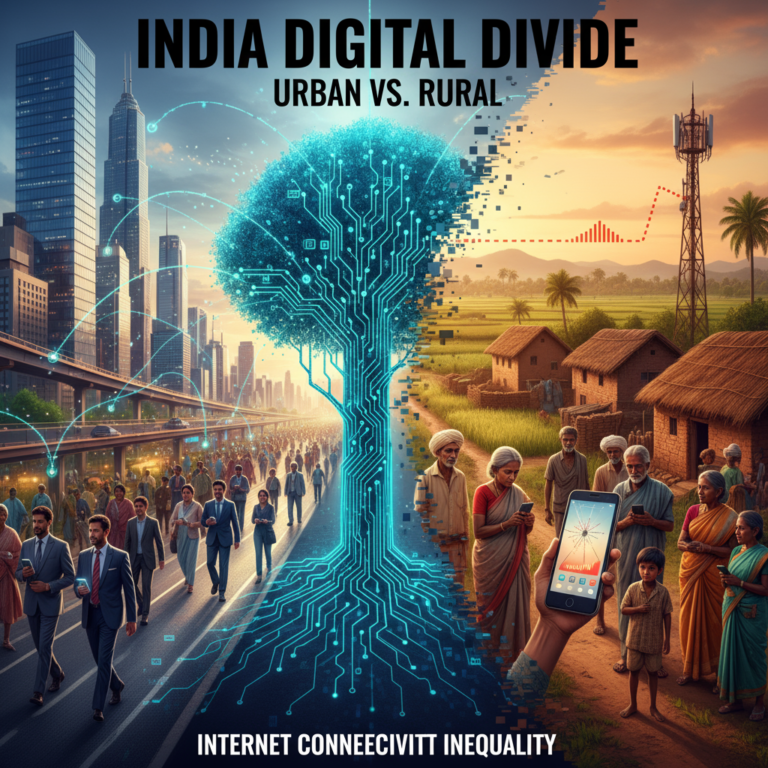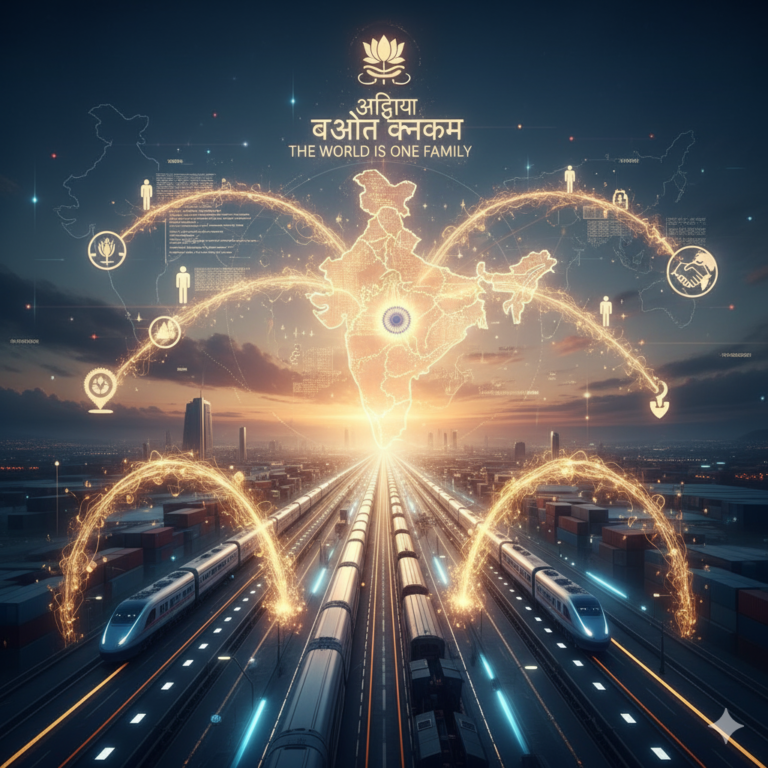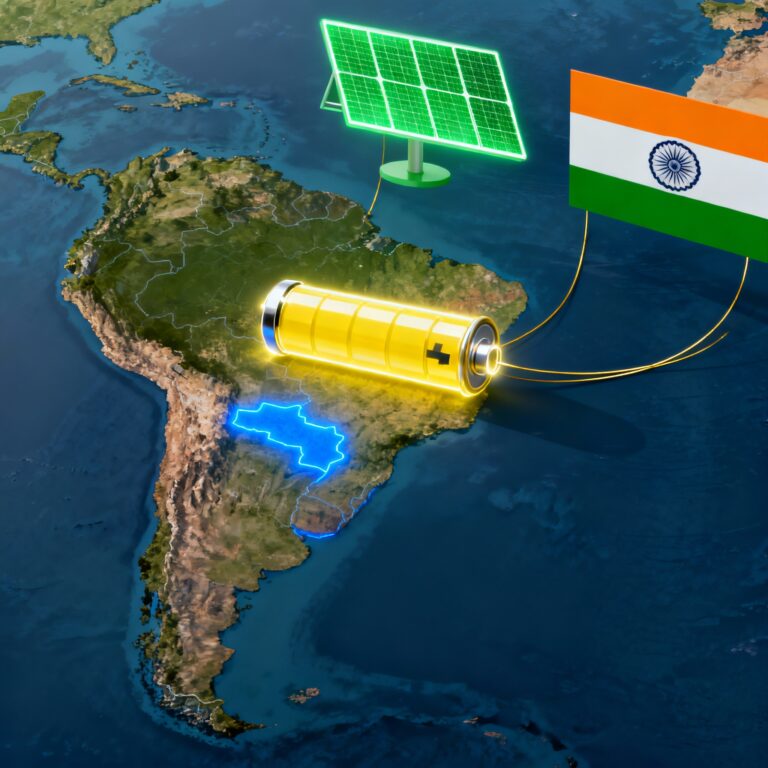The rapid growth of India’s electric vehicle (EV) market once seemed unstoppable. But with China tightening its grip on exports of rare-earth elements—crucial for powerful neodymium magnets in EV motors—the nation now faces a formidable challenge. As supply lines tighten and automakers feel the squeeze, India’s path to clean mobility is being redrawn around innovation, resilience, and a renewed push for self-reliance.
Why Neodymium Magnets Matter for EVs
At the heart of most EVs lies a small but mighty component: the rare-earth magnet. Neodymium magnets, primarily sourced from China, power the permanent magnet synchronous motors (PMSMs) that make EVs efficient, lightweight, and compact. Their value isn’t just technical—these magnets are at the very core of India’s aspirations for zero-emission cars and global competitiveness.
Yet, with China controlling over 90% of rare-earth magnet processing and more than 70% of global reserves, the recent crackdown on exports has heightened vulnerabilities across the sector. Approvals now drag on for up to 45 days, inventories run thin, and production timelines hang in the balance, threatening to disrupt new model launches and increase vehicle costs by as much as 8%.
The Stakes: From Short-Term Disruption to Strategic Risk
- Immediate Risks: Supply shortages, production delays, and rising input costs for manufacturers. Several automakers report potential slowdowns as early as August.
- Broad Impact: Beyond passenger cars, the crisis affects commercial fleets, two-wheelers, home appliances, and even sectors like defense and renewable energy.
- National Ambitions: India’s target to boost EV sales to 35–40% by 2030 could falter unless its magnet supply becomes resilient.
The magnitude of the problem has sparked urgent calls—from industry associations and auto majors alike—for a coordinated national strategy, government intervention, and diplomatic engagement with China. There’s also mounting pressure to scale up domestic exploration, refining, and manufacturing of rare-earth materials.
How India’s EV Sector Is Responding
1. Technical Innovation: Rare-Earth-Free Motors Gain Momentum
Historically, rare-earth magnets were seen as irreplaceable. But the current crisis is spurring a technical renaissance across India’s auto industry. Top initiatives include:
- Reviving Induction Motors: EV makers are dusting off older but proven induction motor technology, which doesn’t rely on rare-earth materials. While these motors may be slightly less power-dense, modern improvements and advanced controls make them increasingly viable.
- Permanent Magnet Ferrite & Light Rare-Earth Designs: R&D labs and startups are racing to create new motors using ferrite magnets or light rare-earth alloys sourced outside China.
- Pioneering Indigenous Tech: Collaborations like Numeros Motors and IIT Bhubaneswar focus on rare-earth-free synchronous motors—reportedly offering comparable performance at up to 25% lower cost. Such motors use alternative materials and advanced engineering to match global efficiency and safety standards.
2. Supply Chain Diversification
- Sourcing from South Korea and Beyond: Partnerships with Korean firms (such as Sterling Tools and Yongin Electronics) aim to bring new magnetic component facilities to India, limiting over-reliance on China.
- Alternative Supplier Agreements: Automakers are courting suppliers from Vietnam, Indonesia, Japan, Australia, and the US, while managing existing inventories more strategically.
- Push for Local Manufacturing: Industry reports urge scaling up domestic production to at least 4,000 tonnes of rare-earth magnets annually by 2030, while also advancing magnet recycling and efficient material recovery.
3. Policy and Industry Action
- Government Support: Production Linked Incentive (PLI) schemes, R&D grants, and streamlined project approvals are being advocated to catalyze domestic magnet manufacturing.
- Strategic Reserves: To buffer ongoing volatility, Indian automakers and suppliers are stockpiling magnets where possible and seeking interim diplomatic solutions.
- Academic-Industry Collaboration: Research teams, such as those from Visvesvaraya National Institute of Technology (VNIT), are developing and testing next-generation magnetic materials and motor architectures to commercialize at scale.
What Does the Future Hold?
Despite the near-term turbulence, many in India’s EV and auto component sector see a silver lining. The magnet crunch, rather than derailing the transition to e-mobility, is accelerating the race to innovate, localize, and diversify. Success hinges on a multi-pronged approach:
- Domestic Rare-Earth Mining and Refining: While India possesses the world’s fifth-largest rare-earth reserves, it currently lacks extraction and refining infrastructure. Bridging this gap could offer both supply security and technological leadership.
- Homegrown Magnet Manufacturing: Scaling up local magnet plants and recycling facilities will be crucial for long-term resilience.
- Global Alliances: Secure partnerships—across resources, technology, and production—will underpin both supply stability and global market access.
As Jaideep Wadhwa of Sterling Gtake E-Mobility notes, “It is wise not to put all our eggs in one basket. Local mining and refining are part of the answer—but so is supporting rare-earth-free technology. Both pillars are critical for India’s EV future.”
Key Benefits of the Current Innovation Wave
- Reduces Economic Volatility: Less dependence on imports means greater predictability in EV pricing and availability.
- Empowers Local Industry: Fosters jobs, innovation, and global competitiveness across the value chain.
- Sparks Green Tech Leadership: Solutions built for India have global relevance wherever supply risks loom.









+ There are no comments
Add yours